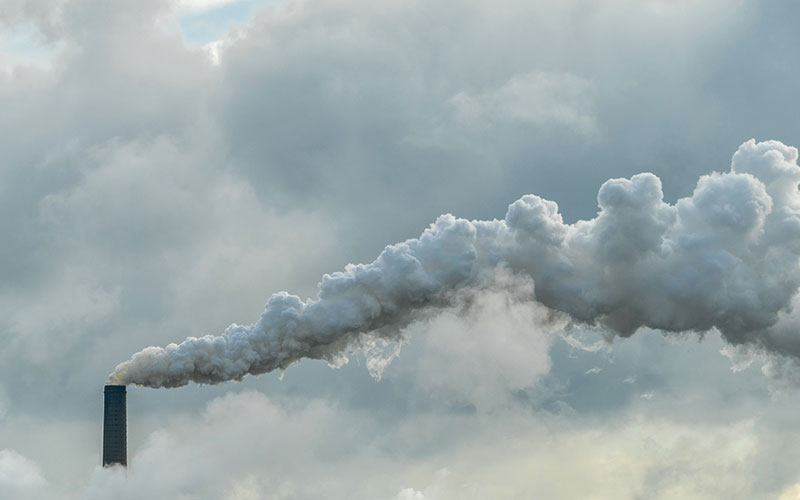Legislation and measurement drive emissions reduction
Changing policy and approaches are disrupting strategic thinking, say James Holt and Colin Lightbody at Proserv Measurement

Addressing global warming is unquestionably front-page news right now. Regular reports and studies are rolled out, advising us of the potential long-term environmental impacts of greenhouse gas emissions at present levels.
The oil and gas industry naturally has a responsibility to address this topical issue, and steps are undoubtedly being taken by some jurisdictions around the world, plus the leading players themselves, to limit emissions to more environmentally tolerable levels.
Several of the supermajors are now actively seeking to do more to address their own emissions from oil and gas production through platforms such as the Oil and Gas Climate Initiative, which comprises many of the world’s leading producers and has invested more than US$6bn in carbon capture technologies and research.
Monitoring is vital
But no matter where oil and gas is produced, the emission of greenhouse gases including carbon dioxide and nitrous oxide is often unavoidable, as is the release of minor amounts of unburned methane, for example. From an environmental containment perspective, it is vital to monitor how much of these gases is released into the atmosphere.
For instance, Proserv Measurement’s global measurement and metering team regularly works with offshore operators in the North Sea to support them in monitoring their release of produced water, fuel gas and flare gas.
Compliance and enforcement
Legislation here is set out by the likes of the Offshore Pollution Prevention and Control regulations, following OSPAR recommendations to conserve the North East Atlantic, and the European Union Emissions Trading System.
Operators are well aware that every vessel or platform they run in the North Sea needs to remain within preordained limits of oil traces in the produced water going over the side into the sea, and that their gas flaring needs to be within the caps long established by the UK government.
If limits are regularly exceeded, then warnings are issued and fines will follow. Ultimately, in theory, a licence could be revoked for a serial offender.
This is an example of how transparent, enforceable directives, alongside thorough measurement of potential emissions, could save operators money and have direct beneficial consequences for the environment.
In regions where flaring and fuel gas releases are already curtailed by regulations, measuring emissions is critical for responsible business practice – but it cannot be a gamechanger with regard to its impact on climate change.
Signing up to global best practices
However, emissions regulations, and measuring as part of that, have created a sea change in thinking around both policy and future strategy – in many regions.
Take Iraq as one example. A country with challenging infrastructure development, unable at present to effectively reuse the gas it generates as part of its vast oil production and so the second biggest gas flaring nation as a consequence, has signed up to zero flaring by 2030.
There is no doubt that this goal is driven by aspirations for domestic power generation and increased revenue, but the environment would be a direct beneficiary.
When the likes of Iraq and Russia, the world’s largest gas flaring country, dotted with many remote oilfields, are capable of measuring and regulating emissions, then the impact on global warming will be much more notable.
Driving emissions down
Proserv Measurement sees and responds to the correlation between regulators and operators and how the setting down of new directives has subsequently altered business methodologies. In the past decade or more, clients have increasingly requested, as part of their control systems, the provision of fuel gas meters, flare gas meters and quality analysers.
No matter where the oil price might sit, or what the mood in the market might be, the requirement to reduce greenhouse gas emissions and other pollutants remains – so operators simply need to continue measuring.
By James Holt, GM, and Colin Lightbody, Technology Manager, Proserv Measurement
Picture Credit | iStock






Follow us
Advertise
Free e-Newsletter